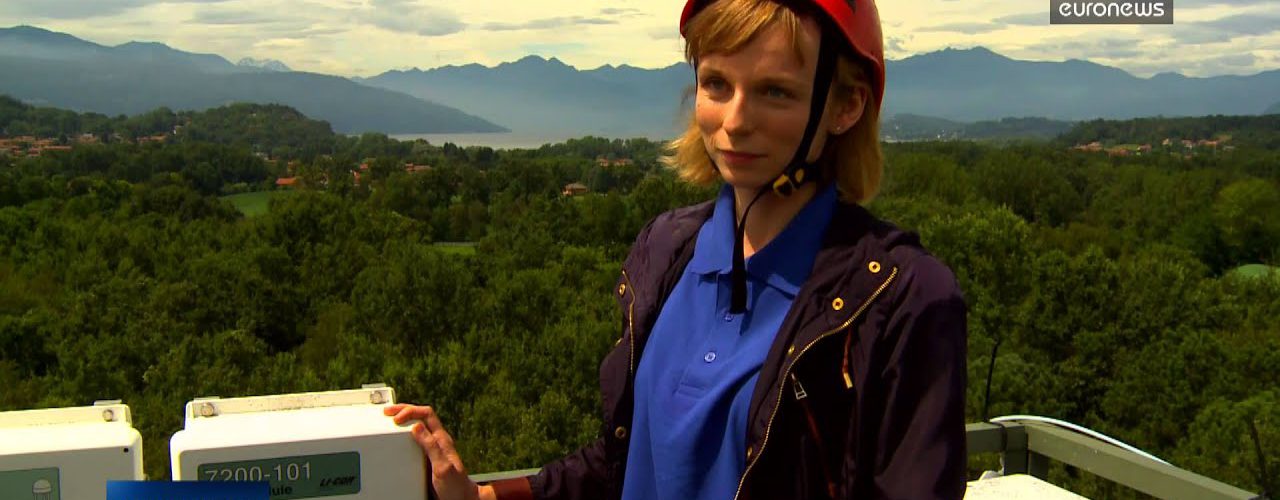Forests are the green lungs of our planet. During the day, trees absorb carbon dioxide and produce the oxygen we need to breathe. But at night, the process is reversed and the forest produces carbon dioxide. What does this mean for the global climate equation? That’s what we consider in this edition of Futuris.
In a forest in northern Italy, researchers from the European Commission’s Joint Research Centre have set up a monitoring station that measures the oxygen/CO2 exchange at ground level and in the air, above the trees.
“Here we’ve constructed a 36-metre high tower rising roughly 10 metres above the canopy, to measure how the forest breathes, meaning its intake and emission of CO2,”
– explained Carsten Gruening, a leading climate change researcher at the JRC’s Air and Climate Unit.
The scientists need a head for heights to check and recalibrate the instruments. Sensors installed in the treetops collect the data to better understand how changes in the climate affect the forest’s biochemistry.
“These instruments measure the flows of carbon dioxide, water and ozone, as well as other parameters, such as the total solar radiation and the part of the solar spectrum that plants absorb and use for photosynthesis,”
– said Ignacio Goded Ballarin, the project’s electronics technician.
“Our instruments are located at the optimal height above the canopy to measure the exchange processes between the atmosphere and the forest ecosystem,”
– added Olga Pokorska, a fellow researcher involved in the work.
All living organisms, including plants and soil bacteria, produce CO2 as part of their normal metabolism. Under sunlight, plants convert carbon dioxide into carbohydrates, but at night photosynthesis stops and CO2 is emitted into the atmosphere.
Carsten Gruening believes the research could yield vital results in global warming research:
“What we want to learn from these measurements is how this process is tied to changing climate conditions; if the temperature or water availability changes, how much will it affect the capacity of plants to absorb CO2 from the atmosphere.”
Scientists will require years of continuous monitoring to collect the data that might show how forests gradually lose their capacity to store CO2. A better understanding of this process should help governments to take countermeasures.
“Our station is set up for a long-term monitoring of the CO2 flows, so we will be tracking the effects of climate change on the forest ecosystem in the next 10 years,”
– said Gruening.
“We would have to extend this research at a European and worldwide level to see how forests react to climate change, to global warming, and what their capacity to store CO2 in the future would look like.”





